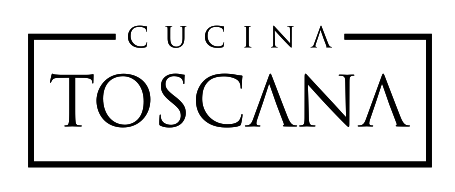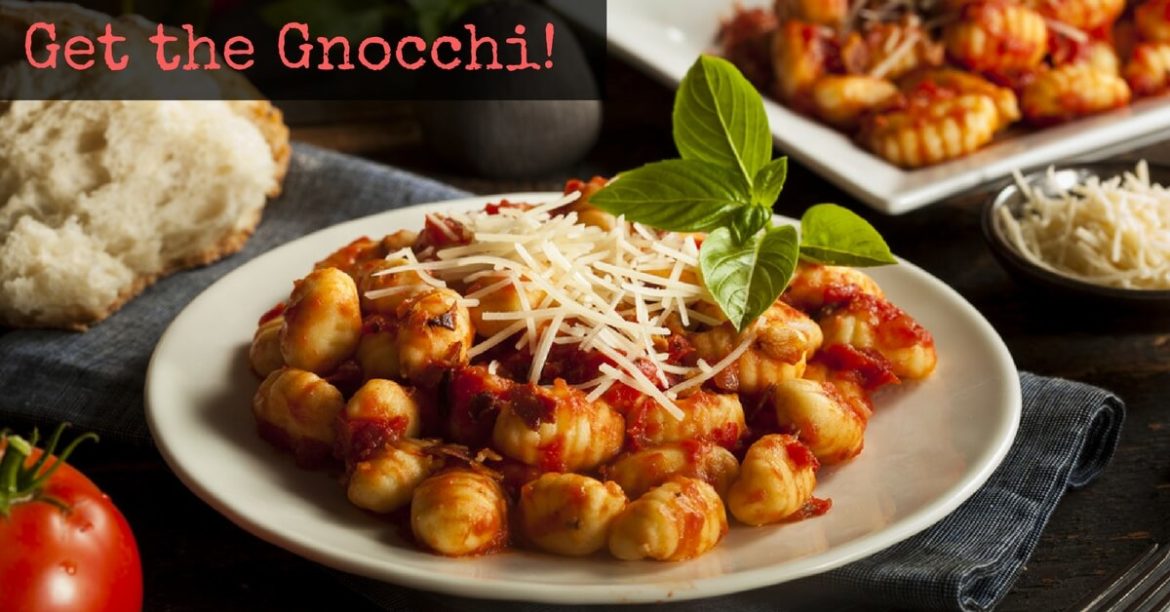- Tomatoes: A Taste of Summer - July 26, 2017
- The International Origins of Pasta - July 12, 2017
- A History of Italian Americans in Salt Lake City - June 29, 2017
What is Gnocchi?
Gnocchi is one of the most comforting of Italian comfort foods – but it is also not a well-known or popular item! And then there’s that name – how do say it?
Gnocchi, pronounced “nyaw-kee” or “nyo-kee,” has unknown origins, though many believe it comes from Northern Italy, where the climate is much colder. Gnocchi is most often prepared as a potato dumpling, with its name derived from the Italian word “nocca,” meaning “knuckle.” Another possible origin for the name is “nocchio,” the Italian word for “knot in the wood.” This is perhaps due to the shape of the dumpling. In some variations, there is no potato and perhaps the use of egg as a binding agent.
History of Gnocchi
In Italy, it is customary to see gnocchi on menus on Thursdays – though no one knows why! Gnocchi is one of the oldest pastas in Italy, with its origins found in Roman times. Historians suggest that there are Middle Eastern origins for gnocchi, from the time of the Roman Empire stretching across Eurasia.
Food historians believe that ancient gnocchi was made from a semolina porridge, mixed with eggs. This form is still seen in a variant of gnocchi today, gnocchi alla Romana, which resembles more of a baked polenta than the more common small dumpling.
The use of potato in gnocchi is traced to the 16th century – with the age of exploration. Potatoes are a New World product, and was not found in Europe prior to contact with the world outside of Europe. Prior to the use of potato, it is believed gnocchi was made with other available produce such as squash.
Varieties of Gnocchi
Certain regions of Italy prepare gnocchi with potato: Abruzzo, Friuli-Venezia Giulia, Veneto, Ciociaria, and Latium. Gnocchi di pane (“bread lumps”) may be traced to the German dumpling Semmelknodel.
Gnocchi is commonly served with olive oil and perhaps some savory herb, pine-nuts, mushroom, and a cheese such as Parmigiano-Reggiano, ricotta, or Gorgonzola. There are seasonal variants, such as a springtime preparation of gnocchi with peas, spinach, and a bright lemon-infused sauce.
In Sardinia, gnocchi is prepared with a ragout of sausage, known as gnocchi Malloreddus. This style of gnocchi is perfect for a cold night – robust and filling.
Outside of Italy, gnocchi is a popular dish in cuisines of France, Croatia, Argentina, Brazil, Paraguay, and Uruguay (due to Italian immigrants). In Brazil, Paraguay, Argentina, and Uruguay, it is a tradition to eat gnocchi on the 29th of each month, with the superstition that this will bring prosperity.
Preparing Gnocchi
The preparation of gnocchi has long inspired nostalgia, as it is a dish that young children make with their parents or grandparents.
The traditional preparation of potato gnocchi is made very simply. Gnocchi is often made and eaten in the same day, as it does not store well. Gnocchi also cooks very quickly, compared to other forms of pastas.
Gnocchi is traditionally made with potato, flour, salt, and an egg. Chopped spinach, mushroom, and cheese may be mixed into the dough to give variance in flavor.
Potatoes are boiled, and then riced. Flour and salt are sprinkled over the chopped up potato. Egg (and cheese) are added to this mixture. The dough is kneaded and formed into a wide rectangle. The more flour used, the tougher the gnocchi will be. The dough is then cut into smaller pieces, rolled out, and then chopped into the small dumplings we recognize.
After they are boiled, gnocchi may be served with different toppings. Butter and sage are traditional favorites.
Gnocchi at Cucina Toscana
At Cucina Toscana, we proudly serve gnocchi with spicy tomato sauce. Come visit us to try this ancient Roman dish!
Get Your Own Gnocchi!
Try this and other delicious Italian dishes at Cucina Toscana tonight. To book a table, call us at (801) 328-3463 or click below.
Book a Table
